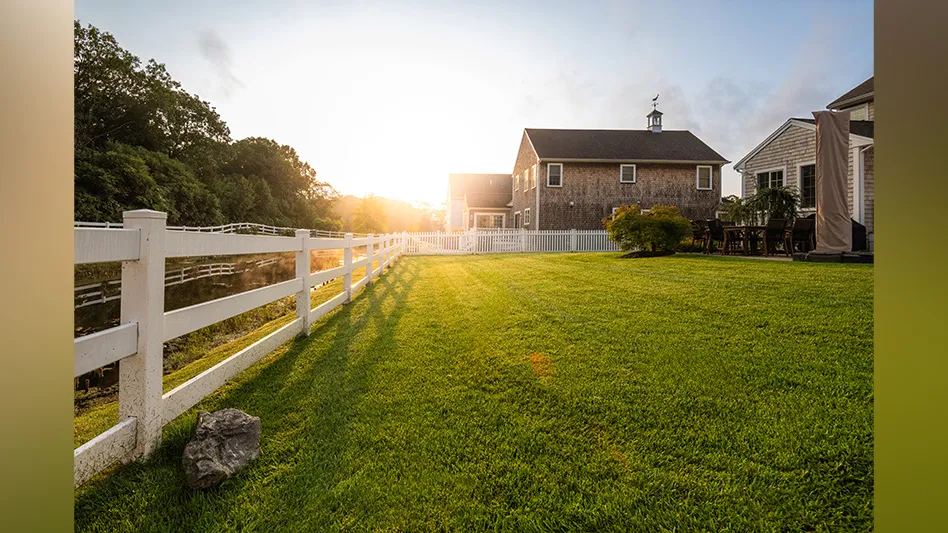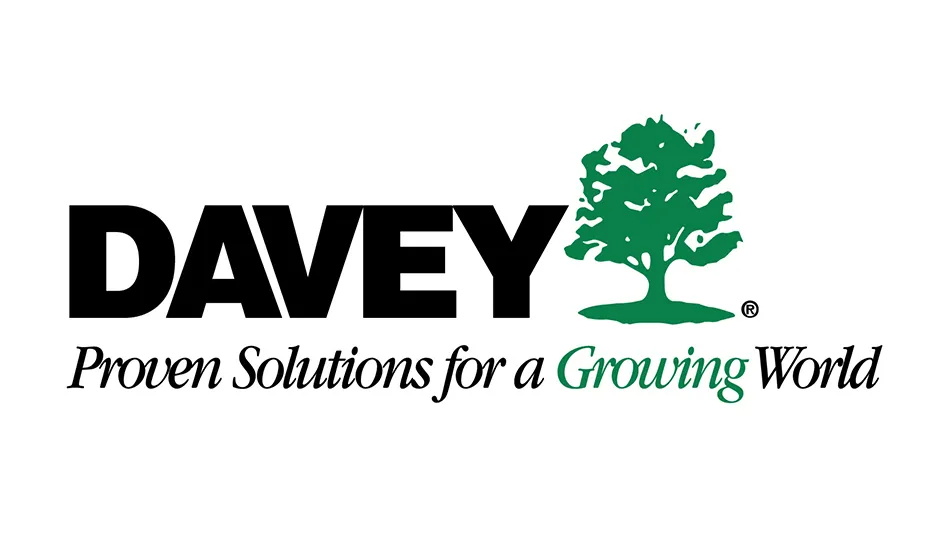The pace in today’s market is fast and furious. There is an abundance of work and prices are up. Contractors from all parts of the country tell me daily that they have too many leads to handle and they just cannot get bids and proposals to clients fast enough. They feel like a one-armed fisherman on the opening day of trout season. They just can’t get their line in and out of the water fast enough. If they could turn bids around faster and get more bids in the “water,” they could probably raise prices and be more selective, selecting jobs with higher margins to take better advantage of such strong market opportunities.
SPEEDING UP THE BIDDING PROCESS. One way to address the proposal turn-around time bottleneck is to reduce the bidding time. This can be done easily in some selected bidding situations without sacrificing accuracy. For smaller, usually residential, irrigation installation contracts, the crew day rate is one of the best tools to implement in your management processes. This method can be applied for any type of work that is usually thought of and broken down in increments of days.
CALCULATING DAILY CREW RATES. Start by identifying the key components of the bidding process. For this example, assume there are three people in the crew and a supervisor who will spend one to two hours on the job site each day. The average number of hours paid per workday for one crewmember is nine hours. The owner desires to calculate a 10 percent risk factor into the labor rates to help compensate for underestimating the time that a job will take. The crew labor burden for taxes, workers’ compensation insurance, general liability insurance, vacations, holidays, etc., was calculated during the annual budget process to be 30 percent. The company/division general and administrative overhead is to be applied to the job at a rate of $11.00 per field-labor hour. Rates for labor and equipment are as identified at the top of page 98.
| ||||||||||||||||||||||||||||||||||||
We next calculate the crew average wage.
| ||||||||||||||||||
Round this up - always round up - to $13.00 per man-hour.
We are now ready to turn to the bid worksheet and determine our crew day rate. We’ll break the bidding process into a three-phase sequential process to help structure our thinking and to provide a place for every item in the bidding process. However, the main issue is not into which phase a specific item goes. The key is to make sure that all of the costs are included in one of the phases.
PHASE I. Produce the product: This phase includes the material, labor, equipment and subcontractor costs used to install the end product. The crew’s 24 on-site labor hours are included here. The three hours of walk-behind trencher time are also included in phase I. (Three hours was chosen as an average amount of time that it is used on a daily basis.)
PHASE II. General conditions: The crew’s truck and off-site crew labor is first included in general conditions. Other contractors may elect to add some callback time to do some warranty work here as well. The supervisor’s time on the job and related vehicle costs are also included in general conditions. General conditions is somewhat of a catchall category for items such as permits, fees, dumpsters, storage containers, etc. General condition costs usually range from 6 percent to 10 percent of the price of an installation project, and general condition labor hours normally comprise 15 percent to 25 percent of the total labor hours in a bid. (For more on general condition costs, refer to Lawn & Landscape’s March issue, pages 89-91.)
PHASE III: Margins and markups: Sales tax on materials is the first item in phase III. However, since material costs are handled separately, they are not included in our example. Field labor burden is calculated next. Subtotal the bid and then add G&A overhead by multiplying the total number of field labor hours in the bid by the $11 OPH figure. The break-even point is determined once G&A overhead is added to the bid. Subtotal the bid again and add a contingency factor if desired. To arrive at the final price for the crew day rate, add a net profit margin. It is not uncommon to add a margin of 15 percent to 20 percent, and sometimes more, in today’s market.
In our example, the daily crew rate is $1,165. You could round this number up to $1,200 per day knowing that you had a little negotiating room in it if needed.
MATERIALS. A contractor in northern California called me once to inquire how much he should mark up materials for a $300,000+ residential landscape and irrigation job because the customer wanted to pay on a time-and-materials basis. My client normally marked up materials 45 percent above his cost in time-and-materials situations. This markup brought the price for materials very close to the retail price that a customer would pay at a retail outlet. After we reviewed his rates for his field labor, equipment and subcontractors, this contractor decided to keep the markup at 45 percent.
This pricing situation, while not common, is not uncommon for residential customers in today’s market. Mark-up amounts vary. Here are a few ideas: In most cases, materials would be marked up 15 percent to 20 percent above the re-wholesale price for the materials. (The re-wholesale price is the amount that a contractor would pay an irrigation supplier or nursery for materials.) Other contractors will charge the “list” price for irrigation materials when pricing residential or small commercial projects.
ADDITIONAL OWNED EQUIPMENT. Equipment in addition to that included in the regular crew day rate is usually included in the bid at a predetermined hourly rate. This rate includes a markup for G&A overhead and net profit, and it usually ranges between 30 percent and 40 percent total. For instance, if a Bobcat model 753 was going to be used on the job for four hours for grading purposes, its cost per hour would be about $18. The contractor should include it in the bid at an approximate price of $25 per hour. Of course, this price does not include the operator cost. It is also not uncommon for contractors to charge for additional equipment that they own at rental market rates. Such pricing decisions all depend upon what the market will bear, your sales skills and how much “moxie” you have when pricing the job.
There are also costs for rental equipment and subcontractors to consider, and these are usually marked up 10 and 20 percent, respectively.
PRESENTING THE PRICE TO THE CUSTOMER. A one-day irrigation project with $800 of materials at the contractor’s cost would be priced accordingly.
|
Crew daily rate of $1,200 x 1 day = $1,200 |
The contractor could then divide this amount by the number of valves or heads and present it to the customer in a unit price format. Or you could simply provide the customer with a lump sum price for the entire project, and the prices for the different parts of the system could either be included in the unit prices or be presented separately.
The format for presenting the bid is not the issue. Once you have all of your costs calculated, plus your markups and margins in a bid, you can format it any number of ways. The important thing is to include all of your costs, including G&A overhead costs, and to add a reasonable net profit margin to them.
CONCLUSION. The one-armed fisherman may have some limitations. However, with some creative thinking and by refining his methods, this fisherman can definitely increase the odds of catching more and bigger fish. Fishing “smarter,” not harder is the answer. The same holds true for the contractor. The aforementioned methods can dramatically reduce bidding time. They can also give the contractor confidence when bidding jobs because every cost can be accounted for in the bidding process.
This method will also provide the contractor with one more important tool. That is the exact number of days that it should take to perform a job. If the crew can complete the job in the allotted number of days, it is almost guaranteed that the job will be a winner. And that job will add to the bottom line.
The author is president of Smith Huston Inc., a construction and services management consulting firm based in Denver, Colo. He can be reached at 800/451-5588.
DISCLAIMER: The labor rates, equip-ment costs and other figures used in this article are industry standards and should be adjusted to accurately reflect production methods and costs for individual companies in a specific region of the country. The $11.00 G&A overhead cost per man-hour used in this article is a rate that is generally accurate for a mid-size irrigation company operating under seasonal conditions.

Explore the July 1998 Issue
Check out more from this issue and find you next story to read.
Latest from Lawn & Landscape
- LandCare promotes Burnett to chief people officer
- David J. Frank Landscape celebrates 65th anniversary with groundbreaking
- Lawn & Landscape’s May issue is live
- The 2024 Top 100 List
- What do we stand for?
- SiteOne partners with FMC
- GreenCare for Troops announces You Move, We Mow Challenge
- Culture shift





